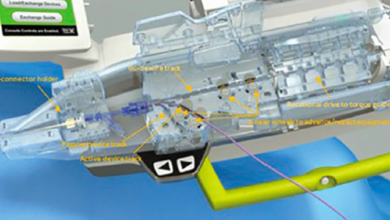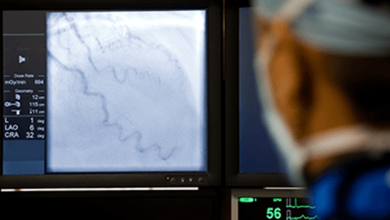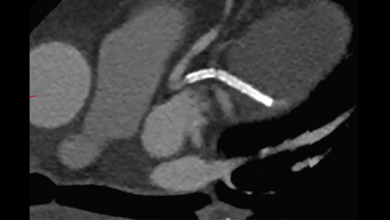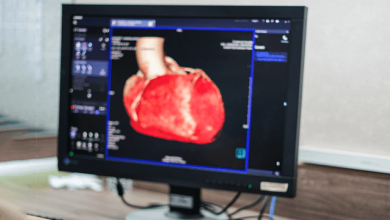Search results
Author(s):
Xiaoyu Yang
,
Mohamed Ahmed
,
Donald E Cutlip
Added:
3 years ago
Over the past 35 years, treatment of coronary artery disease and acute coronary syndrome has changed drastically. Balloon angioplasty offered an early mechanical solution but carried a high risk for acute complications and subsequent restenosis, mainly from recoil. The bare metal stent (BMS) improved restenosis because of recoil, but still carried a relatively high rate of restenosis because of…
View more
Author(s):
Laura Young
,
Jaikirshan Khatri
Added:
2 years ago
Author(s):
Xiao-Fei Gao
,
Xiang-Quan Kong
,
Guang-Feng Zuo
,
et al
Added:
3 years ago
Coronary angiography is widely used to diagnose coronary artery disease and to guide percutaneous coronary intervention (PCI). However, 2D projection angiography cannot completely reflect the 3D coronary lumen, with several inherent limitations in evaluating plaque composition, vessel diameter, diffuse reference vessel disease, lesion severity, as well as the result of stent deployment. In the…
View more
Author(s):
Tasveer Khawaja
,
Scott Janus
,
Sadeer G Al-Kindi
Added:
1 year ago
Cardiac Computed Tomography—2005
Author(s):
Matthew J Budoff
Added:
3 years ago
Article
Author(s):
Matthew J Budoff
Added:
3 years ago
Cardiac computed tomography (CT) has evolved greatly over the last 20 years. This article reviews its current clinical uses, and describes some of the potential for even greater utility in the near future. Electron beam tomography (EBT) was developed 20 years ago specifically for cardiac imaging. Although the technique can quantify ventricular anatomy and function1 as well as myocardial…
View more
Author(s):
Frank J Rybicki
Added:
3 years ago
Most advances in cardiac computed tomography (CT), particularly coronary CT angiography (CTA), have come from the development of protocols consistent with rapid incremental improvements in CT technology. The evolution of cardiac CT from early technology has been paralleled with evolving protocols that have extended cardiac CT beyond the imaging of coronary arteries alone: current applications…
View more
Author(s):
Marcelo F Di Carli
Added:
3 years ago
Positron emission tomography (PET) has contributed significantly to advancing our understanding of heart physiology and pathophysiology for more than 25 years. Despite its clear success in research applications, the restricted availability of this technology, its increased cost and limited data supporting its use and reimbursement have all contributed to the relatively limited clinical acceptance…
View more
Author(s):
Fay Lin
,
James K Min
Added:
3 years ago
Cardiovascular disease (CVD) afflicts greater than 70 million patients in the US alone, and accounts for over half of all deaths. Non-invasive cardiac imaging modalities are used to provide enhanced methods of diagnosis of CVD, guidance of patient-specific therapy, and prognostication of cardiac-related risk.
Non-invasive cardiovascular imaging has traditionally been stratified into two distinct…
View more
Ventricular Volume and Systolic Function Assessment by Cardiac Multidetector Computed Tomography
Author(s):
Ronan J Curtin
,
Milind Y Desai
Added:
3 years ago
Article














 « First
« First